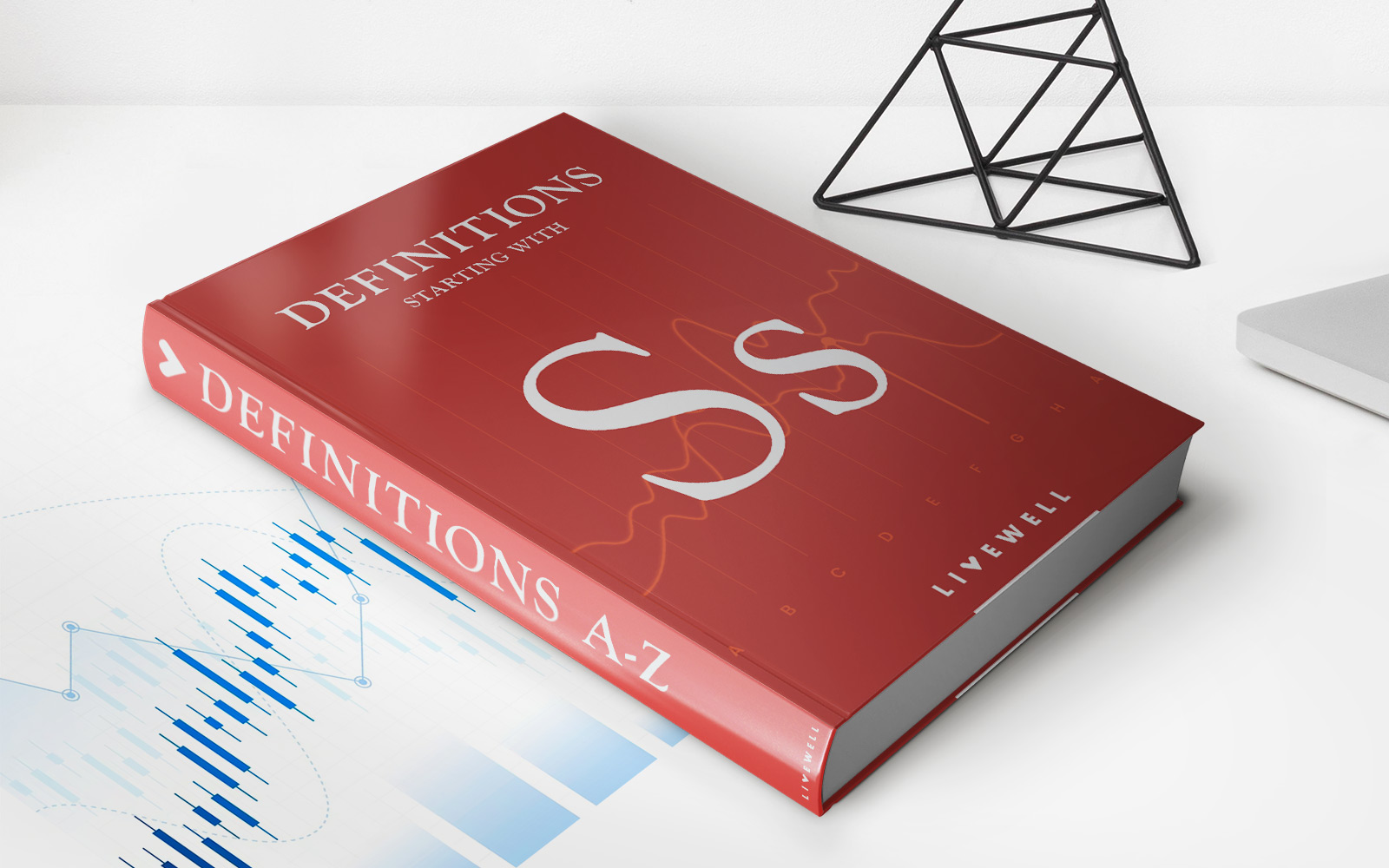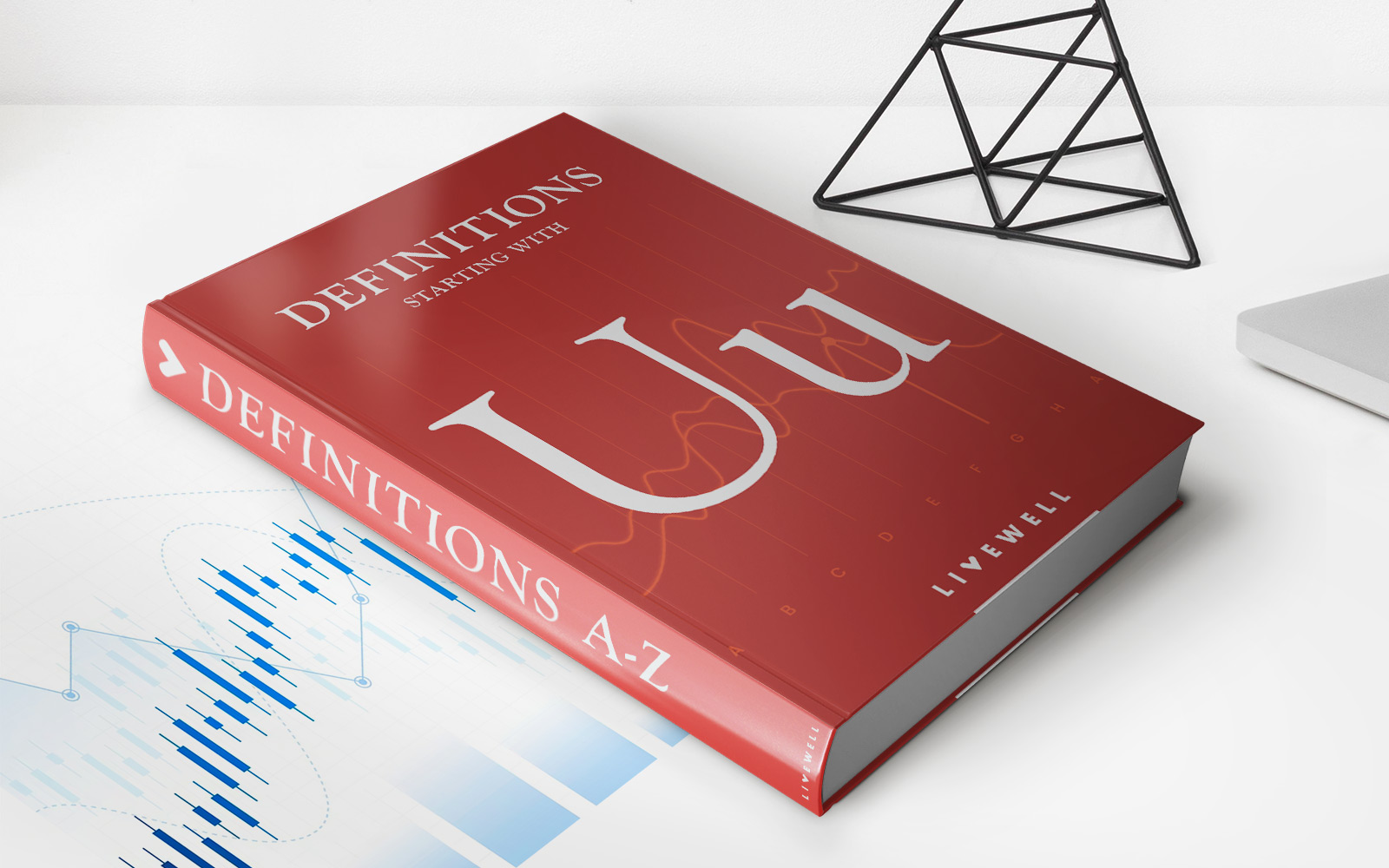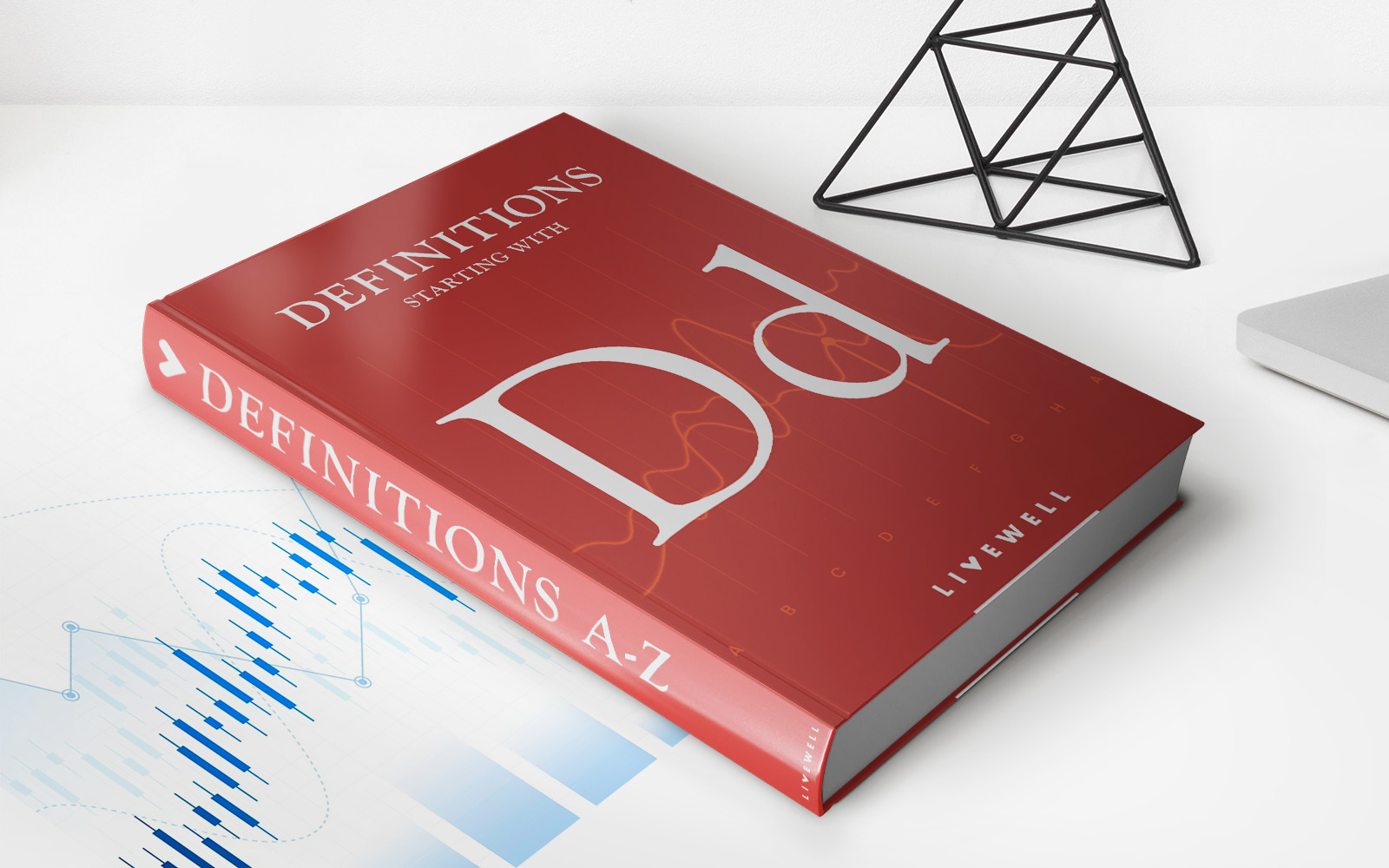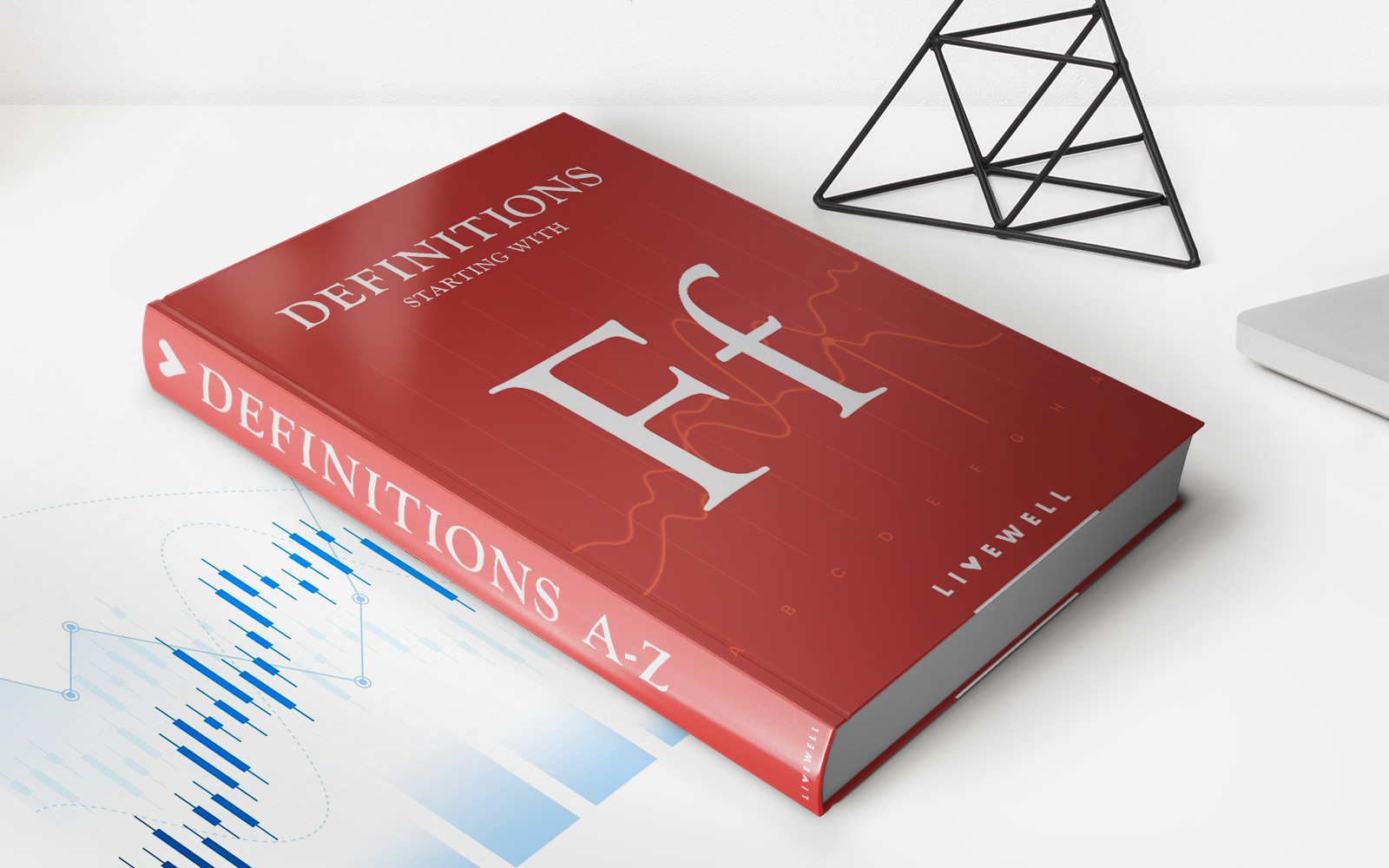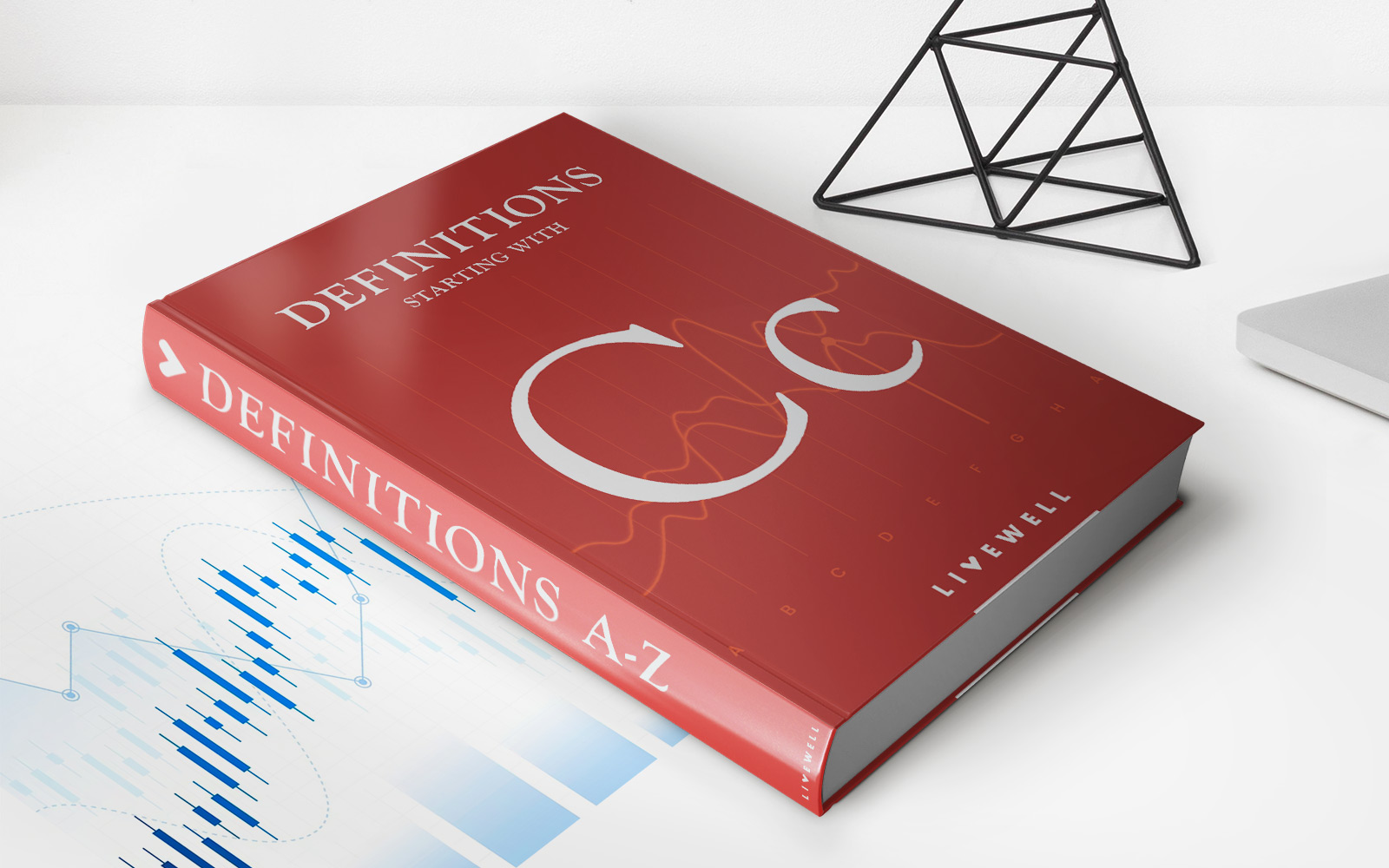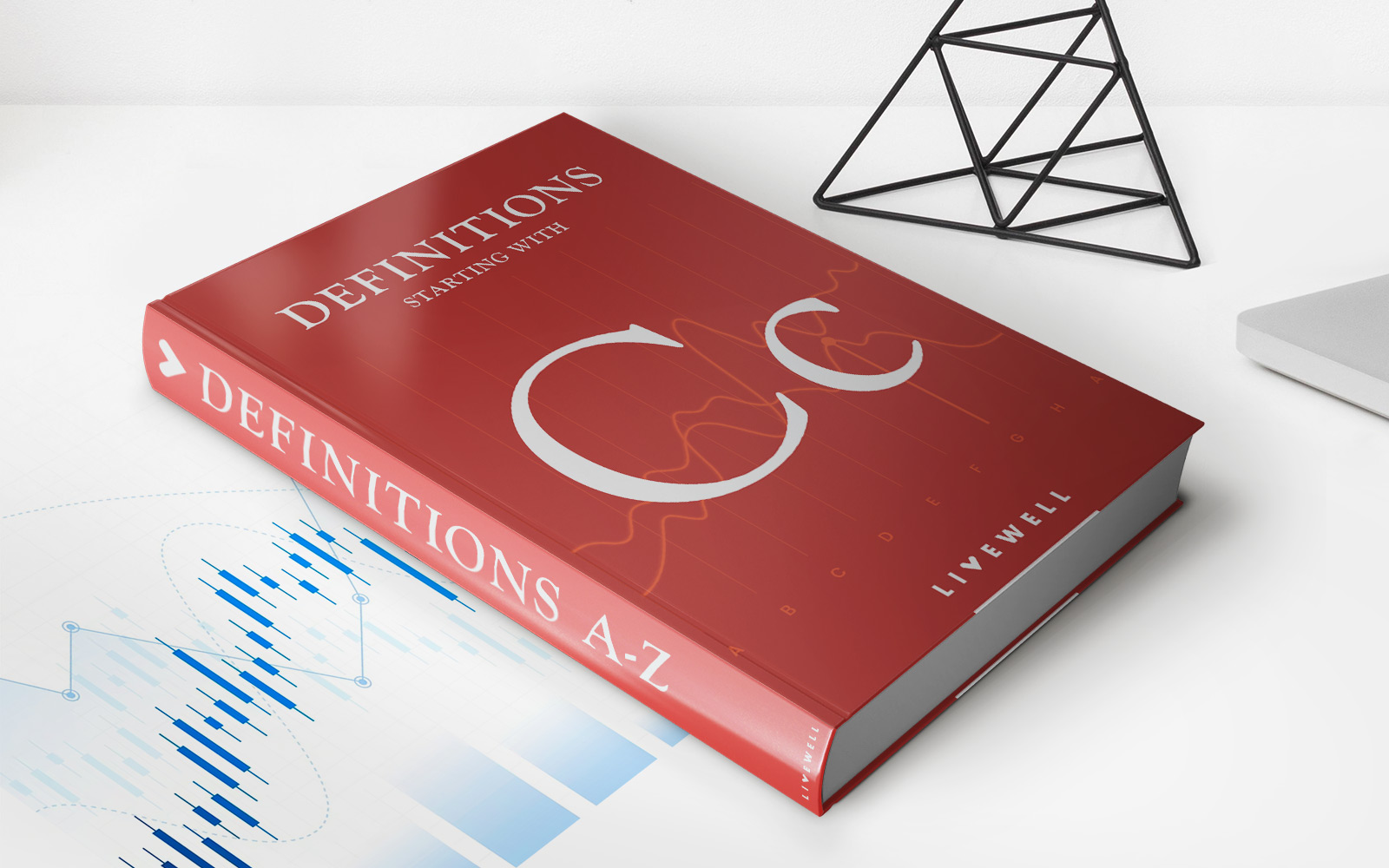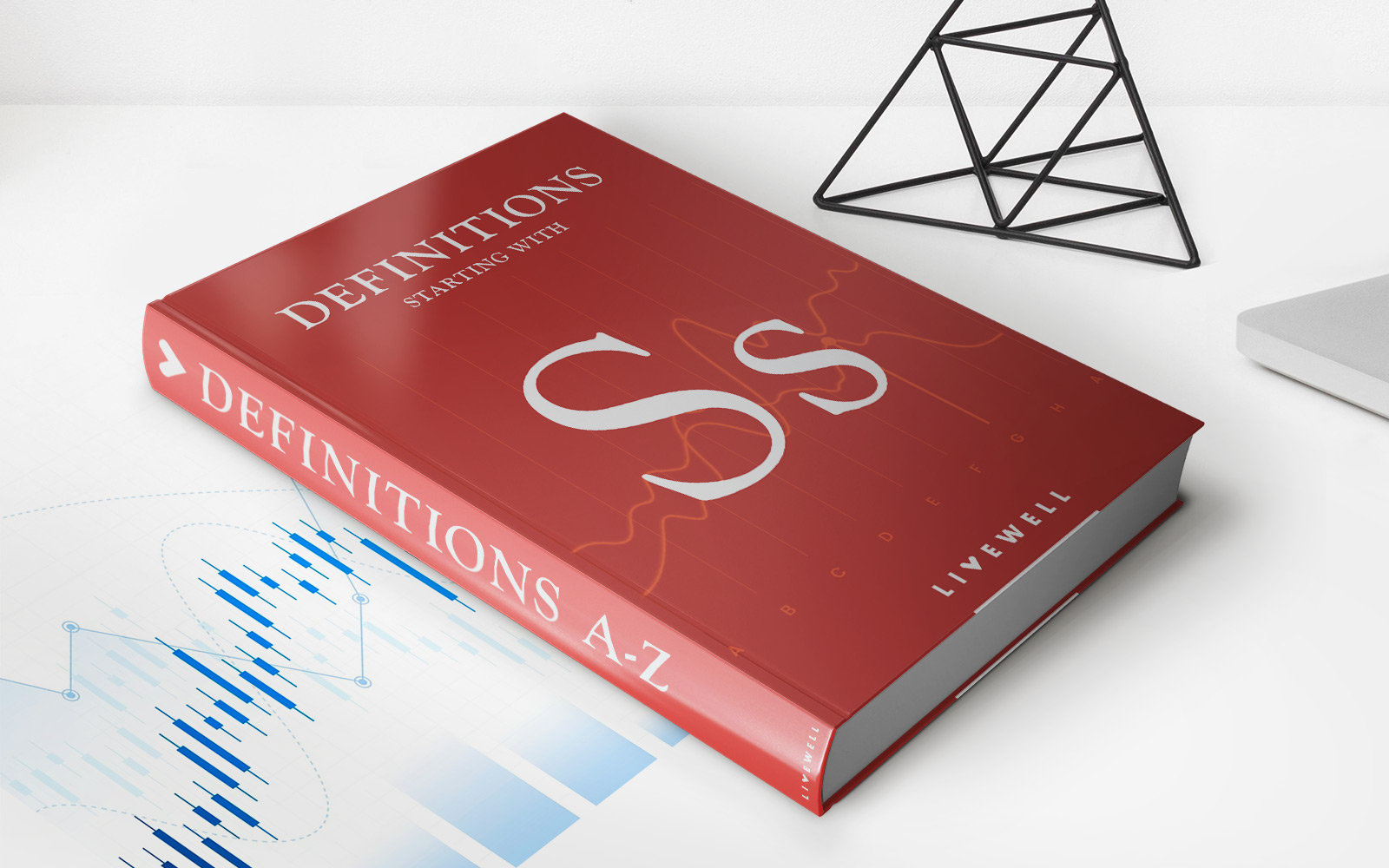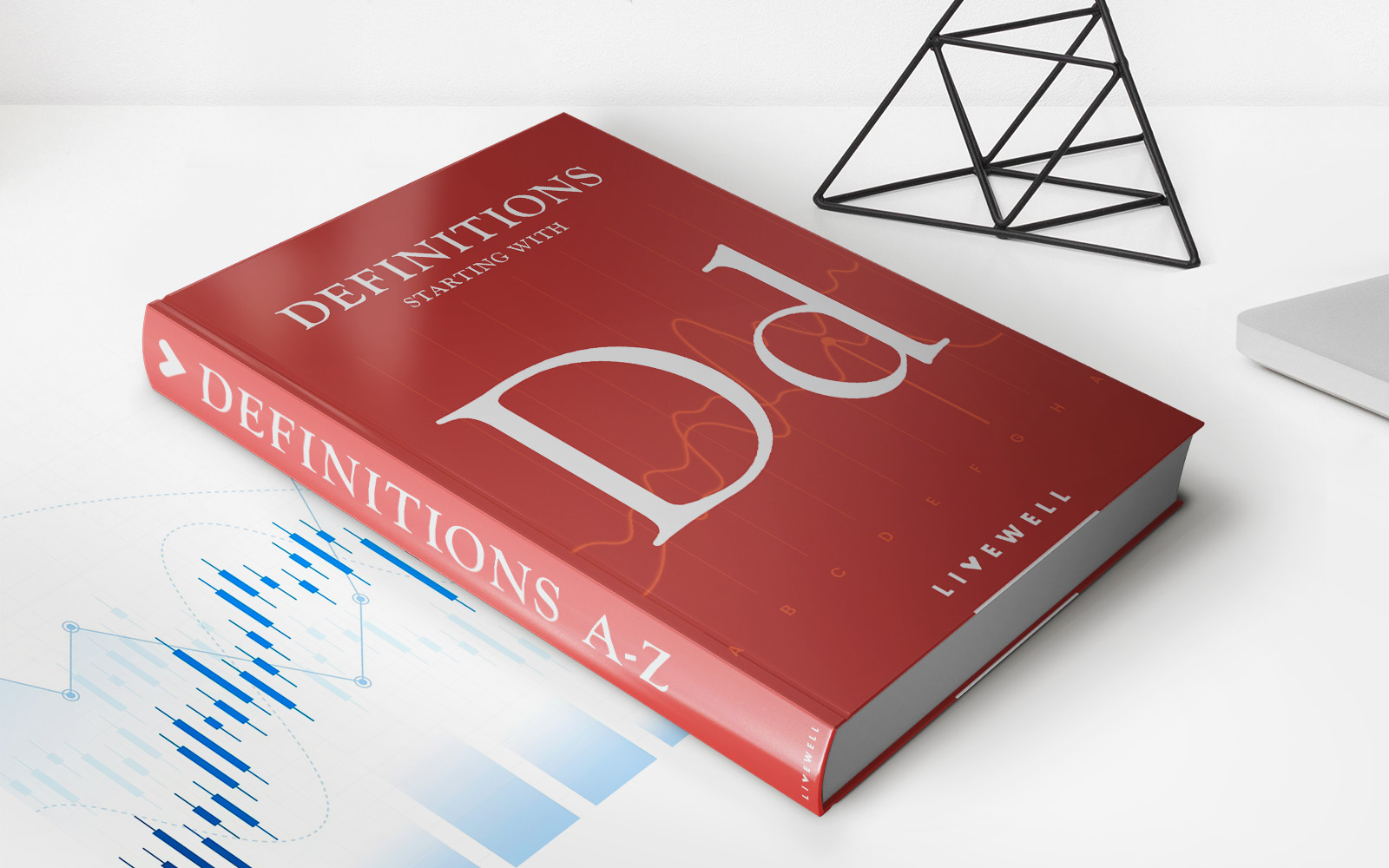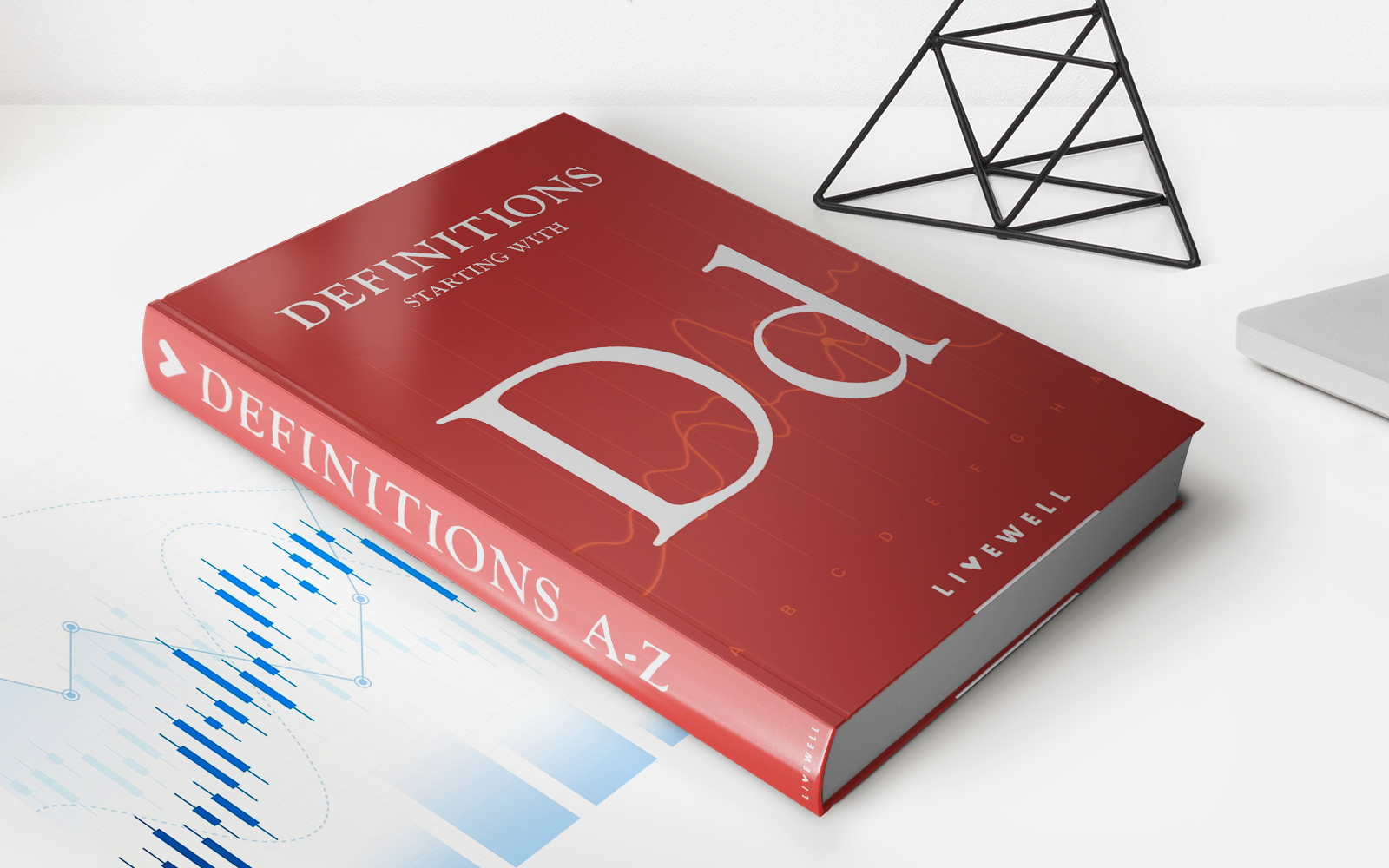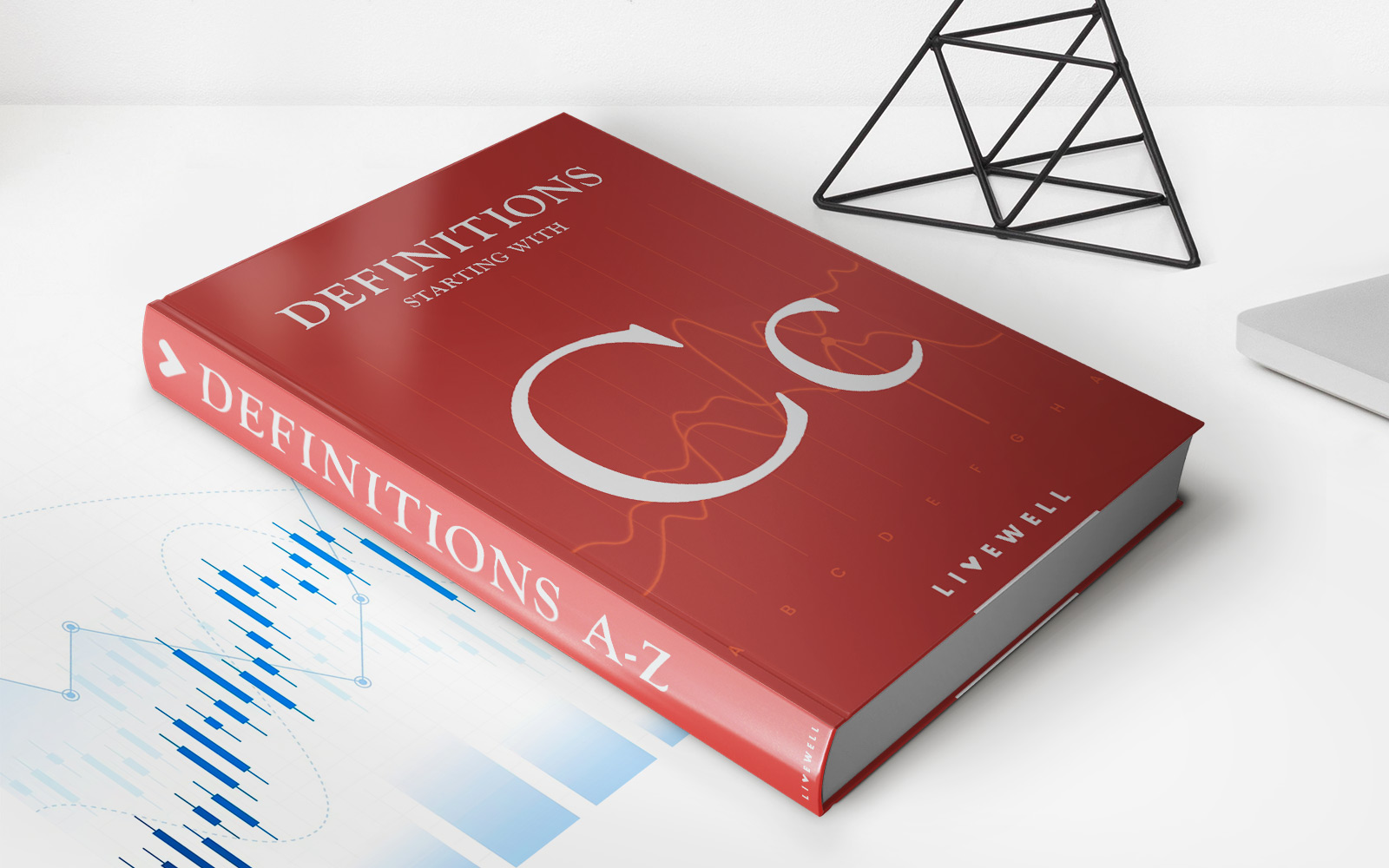Home>Finance>Cyclical Unemployment: Definition, Cause, Types, And Example
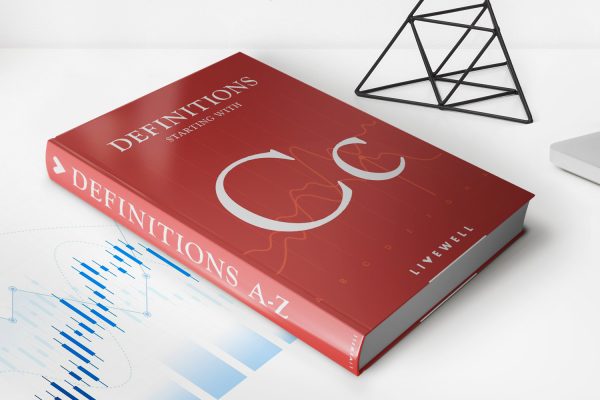
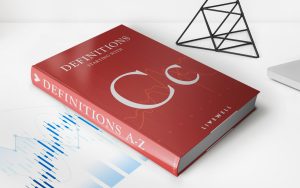
Finance
Cyclical Unemployment: Definition, Cause, Types, And Example
Published: November 7, 2023
Learn about cyclical unemployment in finance, including its definition, causes, types, and examples. Understand how economic fluctuations impact the job market.
(Many of the links in this article redirect to a specific reviewed product. Your purchase of these products through affiliate links helps to generate commission for LiveWell, at no extra cost. Learn more)
Cyclical Unemployment: Understanding the Ebb and Flow of the Job Market
In the realm of finance, one of the key factors that influences economic stability is the phenomenon of cyclical unemployment. But what exactly is cyclical unemployment? In this article, we will delve into its definition, explore the underlying causes, examine the different types, and provide a real-world example to help you better understand this economic concept.
Key Takeaways:
- Cyclical unemployment is a type of unemployment that occurs due to fluctuations in the business cycle.
- It is caused by the contraction phase of the business cycle and is often accompanied by a decrease in consumer spending and overall demand for goods and services.
Defining Cyclical Unemployment
Cyclical unemployment, also known as demand-deficient or Keynesian unemployment, refers to the type of unemployment that occurs as a result of fluctuations in the business cycle. In an economy, the business cycle consists of four phases: expansion, peak, contraction, and trough. During the contraction phase, economic activity slows down, leading to a decrease in production output and a subsequent rise in unemployment. This is when cyclical unemployment rears its head.
But what causes cyclical unemployment?
The primary cause of cyclical unemployment is the decrease in aggregate demand for goods and services during the contraction phase of the business cycle. When consumers and businesses are not spending as much, there is a decline in demand for products, causing companies to scale back operations and reduce their workforce. As a result, individuals who were previously employed find themselves unemployed due to the decline in demand for labor.
The Different Types of Cyclical Unemployment
Within the realm of cyclical unemployment, there are different types that one can encounter:
- General Cyclical Unemployment: This type of cyclical unemployment affects a wide range of industries and occupations when a downturn in the business cycle occurs.
- Occupational or Industry-Specific Cyclical Unemployment: Here, the cyclical downturn affects specific sectors or occupations more heavily than others. For example, during a recession, industries like construction and manufacturing tend to experience higher levels of unemployment compared to sectors like healthcare or education.
- Regional Cyclical Unemployment: In some cases, cyclical unemployment can be regional, affecting specific areas within a country. This often occurs when industries that are concentrated in a particular region experience a decline in demand.
An Example to Illustrate Cyclical Unemployment
Let’s consider the global financial crisis that occurred in 2008. The crisis led to a significant contraction in economic activity worldwide, triggering a rise in cyclical unemployment. Many companies faced financial difficulties and had to lay off employees to cut costs. The housing market crash and subsequent decrease in consumer spending resulted in reduced demand for various products and services, leading to widespread job losses and increased unemployment rates.
In Conclusion
Cyclical unemployment is a natural part of the business cycle, and understanding its causes and types is crucial in comprehending how economic downturns can impact the job market. By recognizing the relationship between the business cycle and unemployment, policymakers, businesses, and individuals can take steps to mitigate the effects of cyclical unemployment during economic contractions, ultimately aiding in the path to recovery.
